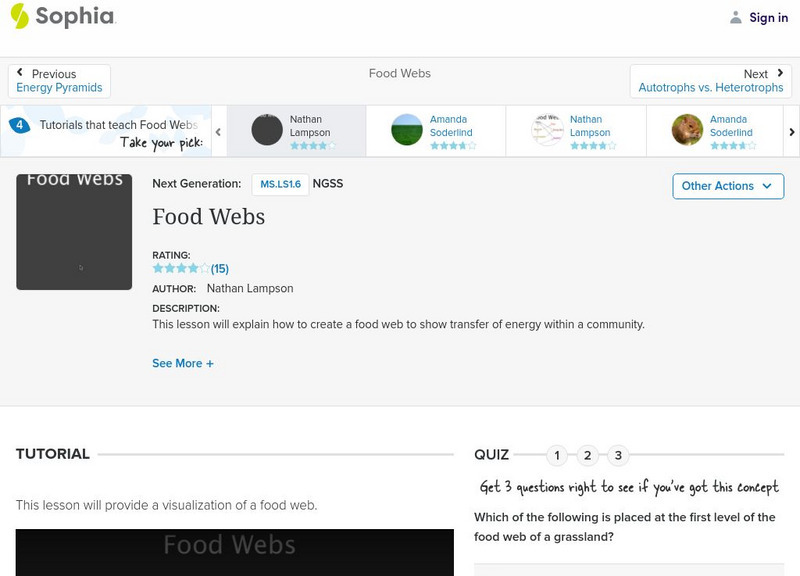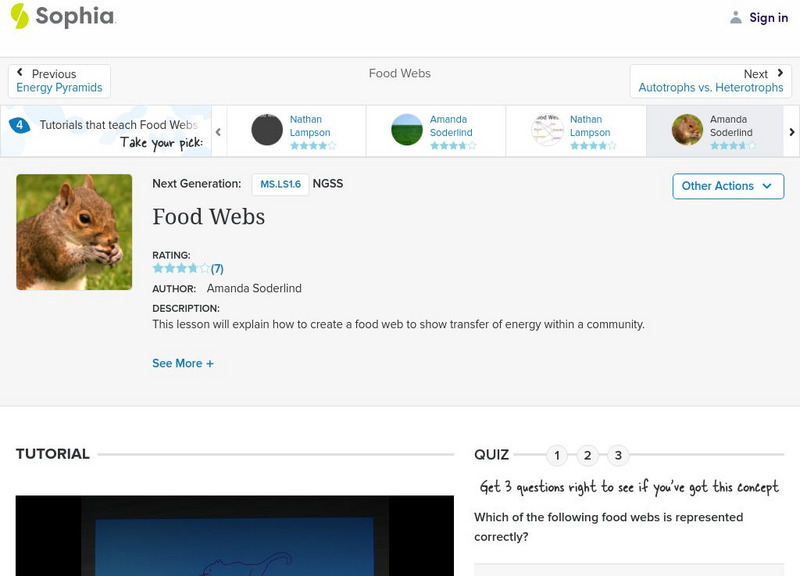SciShow
When Algae Learned to Hunt
You probably don't consider algae to be super aggressive, but 66 million years ago had to turn to murder in order to survive.
Amoeba Sisters
Classification
Explores classification in biology as well as taxonomy hierarchy: domain, kingdom, phylum, class, order, family, genus, and species with The Amoeba Sisters! This video also discusses the importance of scientific names and why...
Amoeba Sisters
Dichotomous Keys: Identification Achievement Unlocked
Join the Amoeba Sisters in discovering how to use a dichotomous key to identify organisms. This video also touches on the importance of scientific names. Table of Contents: Intro 00:00 What is a Dichotomous Key? 0:29 Scientific Names vs....
Amoeba Sisters
Endosymbiotic Theory
Explore the endosymbiotic theory with the Amoeba Sisters! This theory explains the development of the eukaryote cell from prokaryote cell symbiosis. Scientific theories are also briefly defined. Table of Contents: Intro 00:00 What is a...
Crash Course
Comparative Anatomy: What Makes Us Animals - Crash Course Biology
Hank introduces us to comparative anatomy, which studies the similarities and differences in animal anatomy to support the theory of evolution and the shared ancestry of living things.
Amoeba Sisters
Autotrophs and Heterotrophs
Curious about modes of nutrition? Join the Amoeba Sisters in learning about autotrophs and heterotrophs. Video explains these terms as well as how their carbon source differs. Photoautotrophs, photoheterotrophs, chemoautotrophs, and...
Crash Course
Fungi: Death Becomes Them - CrashCourse Biology
Death is what fungi are all about. By feasting on the deceased remains of almost all organisms on the planet, converting the organic matter back into soil from which new life will spring, they perform perhaps the most vital function in...
SciShow
When Algae Learned to Hunt
You probably don't consider algae to be super aggressive, but 66 million years ago had to turn to murder in order to survive.
Professor Dave Explains
Food Webs and Trophic Cascades
Now that we know about nutrient cycling, we are ready to look at food webs as a whole. These represent feeding relationships within a community.These relationships designate certain trophic levels, so let's learn about what these mean...
Curated Video
Nutrition and Energy Flow Part 2
In this section, I talk about the sun as a source of energy, consumers vs. producers and cycles found in nature
Curated Video
Nutrition and Energy Flow Part 1
In this section, I talk about the sun as a source of energy, consumers vs. producers and cycles found in nature
Let's Tute
Modes of Nutrition in Living Organisms
This video discusses the different modes of nutrition used by living organisms, including autotrophic and heterotrophic modes. It also covers mixotrophs, which use a combination of both modes.
Sophia Learning
Sophia: Food Webs: Lesson 2
This lesson will explain how to create a food web to show transfer of energy within a community. It is 2 of 4 in the series titled "Food Webs."
Sophia Learning
Sophia: Food Webs: Lesson 4
This lesson will explain how to create a food web to show transfer of energy within a community. It is 4 of 4 in the series titled "Food Webs."
Sophia Learning
Sophia: Autotrophs vs. Heterotrophs: Lesson 4
This lesson will review the difference between autotrophs and heterotrophs, and show how both play important roles in a food web. It is 4 of 4 in the series titled "Autotrophs vs. Heterotrophs." [1:21]



